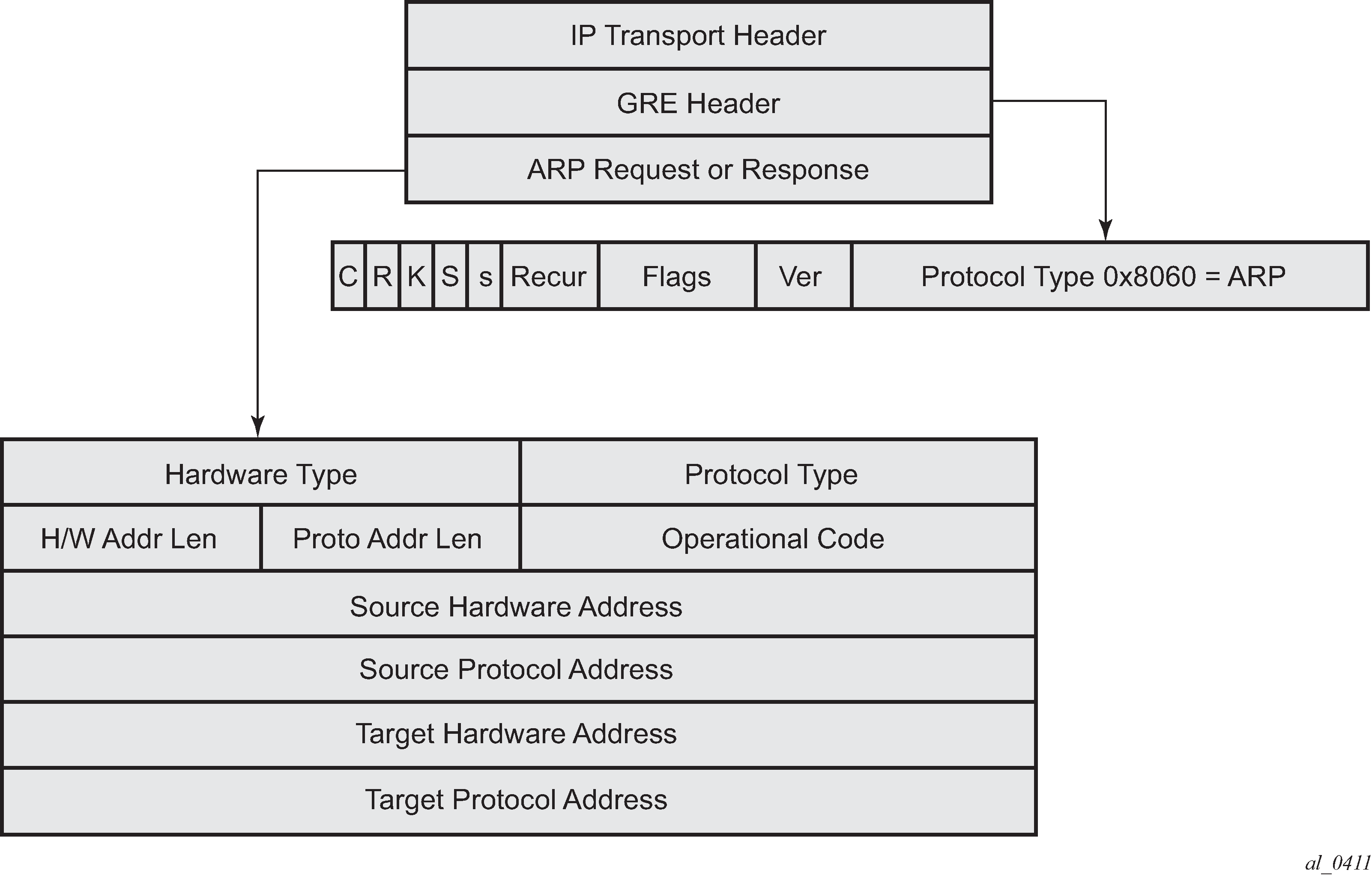Using location based policy for Wi-Fi subscribers is important. The business logic in AAA could use the location of the subscriber. Therefore, it is important to notify location change of the subscriber to AAA. Standard way to do this is by generating an interim accounting update when the WLAN-GW learns of the location change for a subscriber. The location for a Wi-Fi subscriber can be inferred from MAC@ (preferred) or WAN IP@ of the AP.
For open-SSID, learning about mobility could be data-triggered or IAPP packet triggered. If triggered, interim accounting-update is configured via CLI, then on detecting a location change for the UE, an interim accounting-update is sent immediately to the AAA server with the new AP’s MAC@ (if already known to WLAN-GW). The accounting-update contains NASP-port-id (which contains the AP’s IP@), and circuit-id (from DHCP option-82) which contains AP’s MAC@ and SSID. In case of data-triggered mobility, if the new AP’s MAC@ is not already known to WLAN-GW, a GRE encapsulated ARP packet is generated toward the AP to learn the MAC@ of the AP. The AP is expected to reply with a GRE encapsulated ARP response containing its MAC@. The generation of ARP to learn the AP’s MAC@ is controlled via CLI. The GRE encapsulated ARP packet is shown in Figure: GRE encapsulated ARP request.

The standard ARP request must be formatted as follows:
Hardware Type = Ethernet (1)
Protocol Type = 0x0800 (IPv4)
H/W Addr Len = 6
Proto Addr Len = 4
Operational code (1 = request)
Source hardware address = WLAN-GW MAC@
Source protocol address = Tunnel endpoint IP@ on WLAN-GW
Target hardware address = Unknown
Target protocol address = WAN IP@ of the AP (source IP in GRE packet)
The AP must generate a GRE encapsulated ARP response when it receives the GRE encapsulated ARP request for its WAN IP@ (that is used to source tunneled packets). The standard ARP response should be formatted as follows:
Hardware Type = Ethernet (1)
Protocol Type = 0x0800 (IPv4)
H/W Addr Len = 6
Proto Addr Len = 4
Operational code (2 = response)
Source hardware address = AP MAC@
Source protocol address = WAN IP@ of AP (used for sourcing tunneled packets)
Target hardware address = source hardware address from the request
Target protocol address = source protocol address from ARP request
For 802.1x/EAP SSID, the location change (mobility) is learned from an interim-accounting update from the AP. The called-station-Id (containing the AP MAC@) is compared against the current stored called-station-Id that the subscriber is associated with. If the called-station-id is different than the received interim accounting update is immediately forwarded to the accounting server, if triggered interim accounting-update is configured via CLI. In previous releases, the interim-update received from the AP is not immediately forwarded by the accounting proxy. Only a regularly scheduled interim-update is sent.